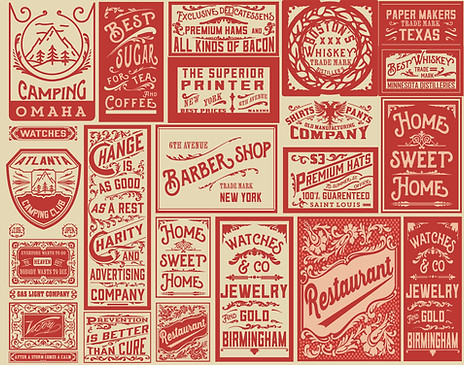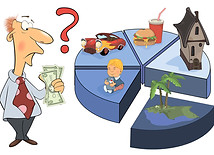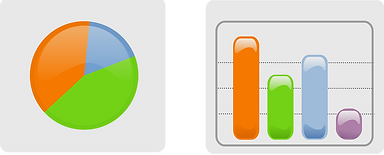Visual Communication

-
Interpret and examine imagery and its task in work related photos, diagrams, charts, maps, graphics, advertisements, pop videos, logos and statistical information.
-
Read, date and sign Assessment Brief 2 in your workbook.
A. FORMS OF COMMUNICATION
Read the article Communication. Download it and read it.
Complete the worksheets in your Workbook.

B. INTRODUCTION
1. Complete the worksheet Introduction to Visual Communication in your Workbook.
2. Look at the artworks below. Discuss in your group.

C. IMAGES & MESSAGES
D. CAPTIONS
1, Look at the slides below and write the possible messages
in your Workbook.
Write suitable captions in your Workbook for each image. Click below to download the images.
E. PHOTOGRAPHS & VIDEO
1. Look at the photographs about the Japanese Earthquake in 2011.
2. Answer the questions in your Workbook.
3. Look at the video below. Answer the questions in your Workbook.
F. POSTERS
1. Read What makes a Good Poster? on the website. Download it and read it.
2. Look at the poster in your Workbook. In your group, discuss how effective this poster is. In your group, discuss the movie posters below. What makes them effective?
3. Look at the movie posters below. Discuss if you think they are effective and why or why not.





4. Design your own poster for a local community event. Use the checklist in your Workbook.

G. ADVERTISEMENTS
1. Look at the adverts in your Workbook and below. Complete the exercises in your Workbook.

Download and read about some Advertising Techniques.
2. Look at the slides Funny Advertisements below. Rate the ads using the form in your Workbook.
Complete the Colour questions in your Workbook.
Look at the images below. In your group, discuss how the different colours affect the moods of the images.
H. COLOURS





I. MAP READING
1. Look at the slides showing different maps.
Click into the image to download the presentation.
2. Complete the map reading exercises in your Workbook.
3. Use Google Maps to find your location!


J. SIGNS & SYMBOLS
Write the meanings of the nonverbal messages in your Workbook.
Look at these signs and symbols below. What do they mean?
 |  |
|---|---|
 |  |
 |  |
 |  |
 |  |
 |  |
In your group, discuss the questions:
-
What are statistics?
-
Why are graphs frequently used to represent statistics?
Can you identify these types of graphs?

K. STATISTICS


Look at the statistical graphs in your Workbook. Answer the questions.




